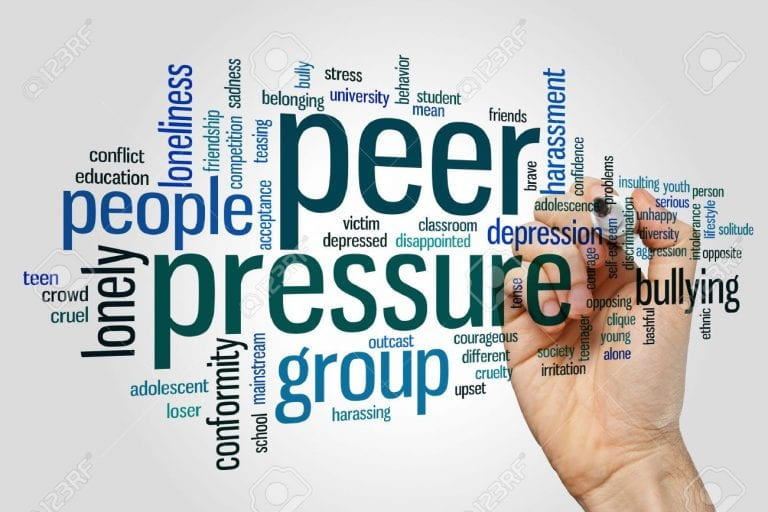Following our Well-Being Programme, our house assembly this time was about Peer Pressure.
Peers are people who are part of the same social group, so the term “peer pressure” means the influence that peers can have on each other. Although peer pressure does not necessarily have to be negative, the term “pressure” implies that the process influences people to do things that may be resistant to, or might not otherwise choose to do.
So usually the term “peer pressure” is used when people are talking about behaviors that are not considered socially acceptable or desirable, such as experimentation with alcohol or drugs. The term “peer pressure” is not usually used to describe socially desirable behaviors, such as exercising or studying.
Is Peer Pressure Always Bad?
In reality, peer pressure can be either a positive or negative influence that one peer, or group of peers, has on another person.
Positive Peer Pressure
Peer pressure could influence a young person to become involved in sports. This involvement could be positive, leading to exposure to healthy lifestyles and role models, and eventually leading the young person to become a positive role model herself.
Negative Peer Pressure
That same peer pressure could lead the same young person to over-identify with sports, putting exercise and competition above all else.
If taken to an extreme, she may develop exercise addiction, causing her to neglect schoolwork and social activities, and ultimately, use exercise and competition in sports as her main outlet for coping with the stresses of life. This can also lead to numerous health consequences.

